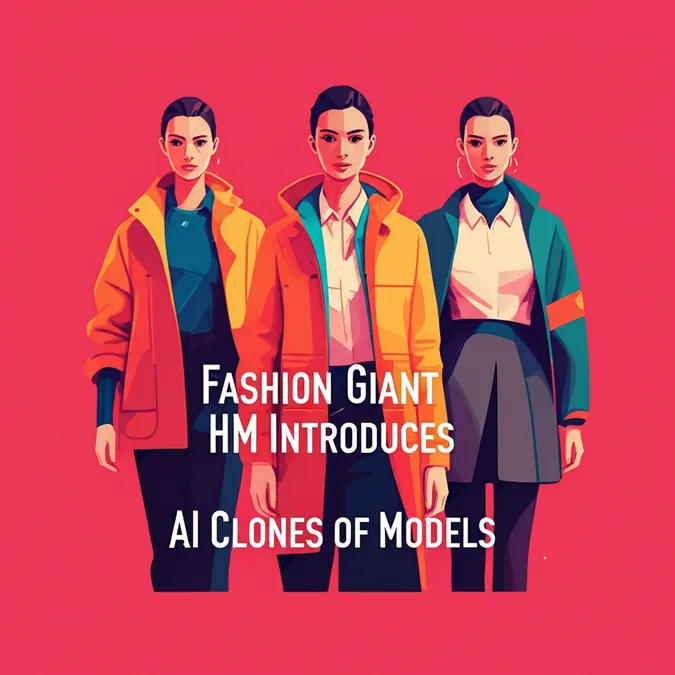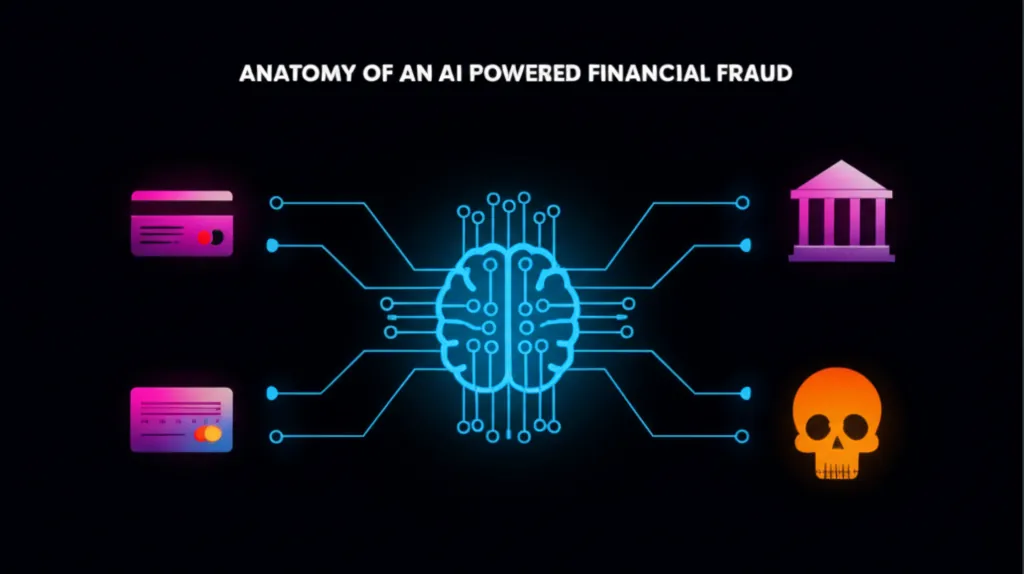Photonic Chips Pave the Way for Energy Efficient AI
The Quest for Greener Machine Learning
The drive for more powerful machine learning is pushing computational innovation, but it comes at a cost: high energy consumption and resource demands. In response, researchers are exploring entirely new architectures to achieve the same, if not better, performance with a much smaller environmental footprint. A team of researchers, including Martin F. X. Mauser and Solène Four, has made a significant breakthrough in this area. They have successfully used a data re-uploading technique on a photonic integrated processor, achieving remarkable accuracy in image classification. Their work not only demonstrates a resource-efficient optical method but also provides solid analytical proof that the algorithm is universally applicable, trainable, and capable of generalizing to new data, setting the stage for more sustainable AI.
Data Re-Uploading: A New Quantum-Inspired Approach
While the tech world is abuzz about the potential of quantum computing to solve problems beyond classical reach, practical, large-scale quantum computers are still on the horizon. This has led scientists to identify near-term applications where quantum principles can enhance machine learning. Data re-uploading is one such algorithm. It offers a resource-efficient way to create complex data mappings without the overhead of traditional kernel methods. It works by repeatedly applying operations to encode information, cleverly re-using input data within a circuit. This method elegantly bypasses the no-cloning theorem—a core principle of quantum mechanics that forbids creating perfect copies of unknown quantum states.
From Theory to Reality: The Photonic Processor Implementation
Researchers have now brought this concept to life, implementing data re-uploading on a photonic integrated processor. The results are impressive, showing high accuracy in image classification and backing it up with analytical proof. This work establishes the model as a universal classifier and an effective learner. The core of this technology is the Mach-Zehnder interferometer (MZI), which acts as the fundamental building block. These components manipulate and encode information to create a network that can learn intricate patterns. By repeatedly encoding classical data into the state, the model refines its parameters to improve predictive accuracy. The team proved the model's universality—its ability to approximate any continuous function—using Fourier series analysis, a powerful mathematical technique for breaking down complex functions.
Training and Validating the Photonic Model
To ensure the model learns effectively without simply memorizing the training data, its complexity was measured using the Vapnik-Chervonenkis (VC) dimension. This provides valuable insight into its ability to generalize to unseen data. Like any machine learning model, training involves adjusting parameters to minimize errors. However, estimating the necessary gradients on this hardware presents unique challenges. The researchers successfully explored techniques like parameter shift rules and finite difference methods to optimize the model efficiently. Before moving to physical hardware, extensive numerical simulations using tools like TensorFlow and Strawberry Fields were essential for validating the techniques. This successful implementation represents a major step forward, combining deep theoretical analysis with experimental proof to showcase the potential of quantum machine learning.
The Future of Photonic Machine Learning
The study's findings confirm that adding more layers increases the model's capacity to represent complex functions. The practical training was made possible by software like TensorFlow and Strawberry Fields, with the Adam optimizer and a Linear Discriminant Analysis (LDA) loss function proving highly effective. Future work will focus on scaling these efforts to more diverse image datasets and optimizing the model, potentially by reducing the number of qubits required. Further research will involve comparing this method against other models, like variational quantum circuits, and applying it to other machine learning tasks such as regression and clustering. Continued experimental validation on more advanced photonic circuits will be crucial to proving the scalability and practical viability of this revolutionary approach.


